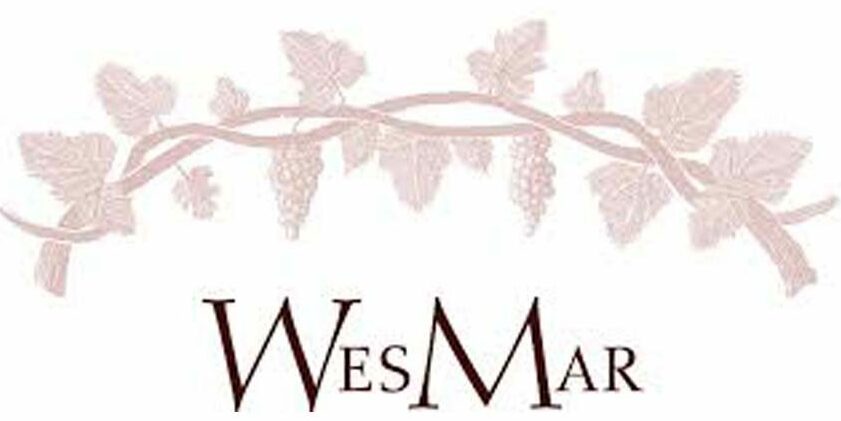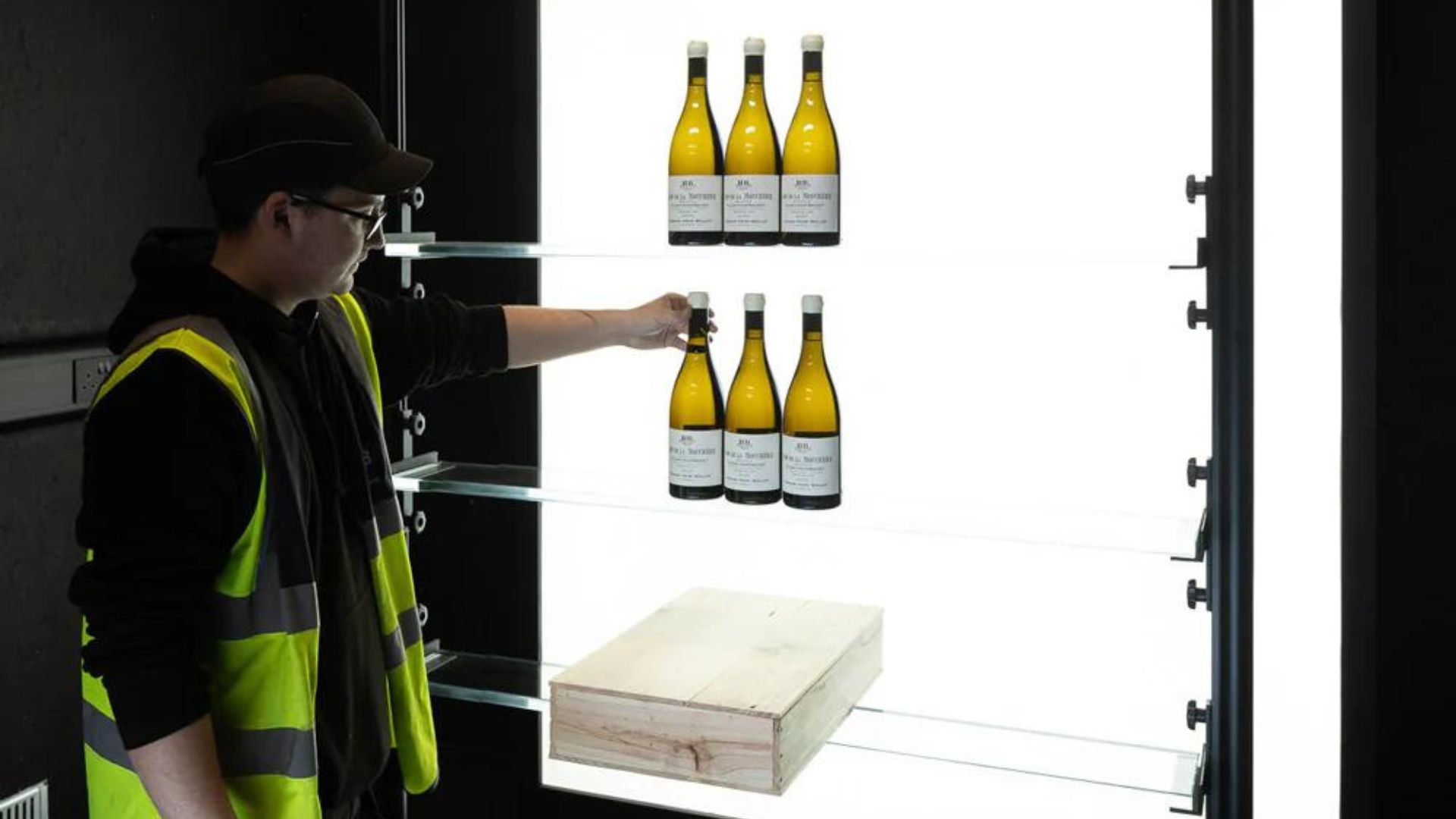Do you dream of a perfectly aged bottle of wine, its flavours deepened and complexity blossoming with each passing year? For wine enthusiasts, proper wine storage standards are the cornerstone of a thriving collection. But with so much conflicting information out there, navigating the world of wine storage can feel overwhelming. Fear not, fellow oenophile! This comprehensive guide will equip you with the knowledge to create an environment that safeguards your precious bottles and allows them to evolve into their full potential.

Understanding Why Wine Storage Standards Matter
Wine is a living product, constantly evolving with time. Exposure to the right conditions can coax out its nuanced flavours and aromas, while improper storage can lead to a dull, lifeless, or even spoiled beverage. Wine storage standards address the key environmental factors that influence this delicate dance of ageing. By maintaining a consistent and controlled environment, you can prevent premature spoilage and ensure your wines reach their peak.
The Foundation of Wine Storage Standards
Temperature plays a pivotal role in the preservation of wine. Fluctuations in temperature can accelerate the ageing process and lead to irreversible damage. The ideal temperature for wine storage typically falls between 45 to 65 degrees Fahrenheit (7 to 18 degrees Celsius). Extremes in temperature, whether excessively hot or cold, can cause the wine to expand and contract, potentially compromising the integrity of the cork and allowing oxygen infiltration.
Maintaining Moisture Balance
Humidity levels are another critical component of wine storage standards. Insufficient humidity can dry out corks, leading to shrinkage and increased susceptibility to oxidation. Conversely, excessive humidity can promote mould growth and label damage. Aim for a relative humidity level of around 60-70% to ensure the corks remain supple and airtight, thereby preserving the wine’s freshness and preventing premature ageing.
Shielding Wines from Harmful UV Rays
Exposure to light, particularly ultraviolet (UV) rays, can have detrimental effects on wine quality. UV radiation can cause chemical reactions in the wine. Furthermore, this results in the development of off-flavours and aromas, commonly referred to as “light strikes.” To mitigate this risk, store your wine in a dark environment or opt for UV-resistant glass bottles. Additionally, fluorescent lighting should be avoided, as it emits low levels of UV radiation that can still impact the wine over time.
Positioning Matters
The position in which wine bottles are stored can influence the ageing process and the condition of the cork. For still wines sealed with a cork closure, storing bottles horizontally ensures that the cork remains in contact with the wine. Additionally, this prevents it from drying out and maintaining a proper seal. However, sparkling wines should be stored upright to minimize the risk of the cork drying out and compromising the effervescence.
Additional Considerations for Wine Storage Standards
While the above factors form the core of wine storage standards, there are a few additional considerations for the discerning collector.
Airflow
Proper ventilation is essential to prevent the buildup of mould and mildew. Ensure your wine storage area has adequate airflow without creating excessive drafts.
Odours
Wine can absorb strong odours. Avoid storing your wine near sources of strong-smelling foods or chemicals.
Conclusion
In conclusion, as we conclude our exploration of wine storage standards, it becomes evident that attention to detail is paramount in preserving the quality and longevity of your prized bottles. Additionally, by adhering to optimal temperature and humidity levels, shielding your wines from light exposure, and storing them in the correct position, you can elevate your wine experience and unlock the full potential of each sip. Whether you’re a seasoned collector or a budding enthusiast, embracing these standards will ensure that your wine journey is filled with unforgettable moments and unparalleled enjoyment.

